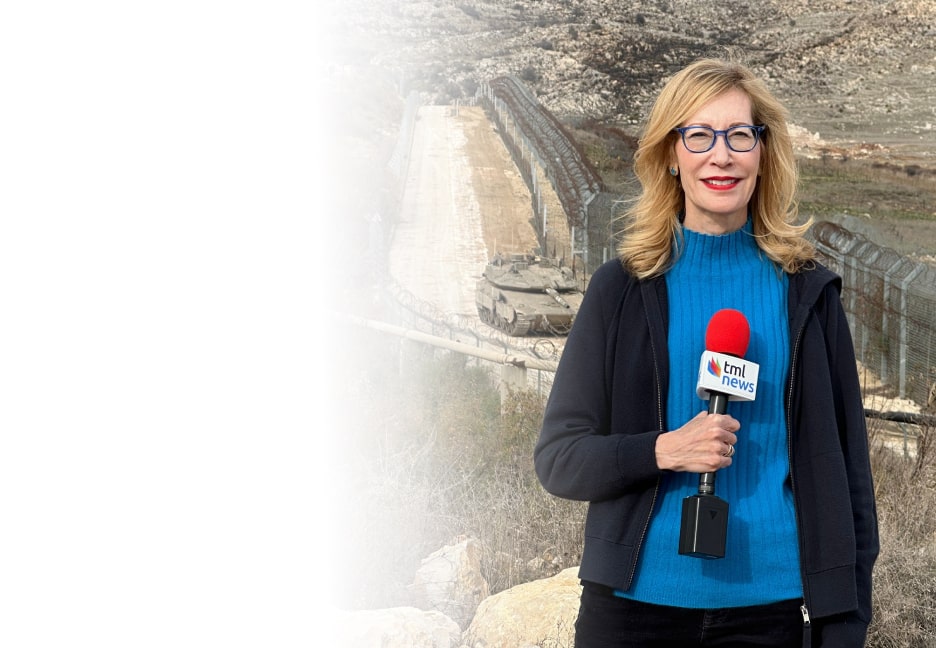Israeli Scientists Develop AI To Predict Lightning-Triggered Wildfires With 90% Accuracy
Israeli scientists have developed an artificial intelligence system capable of accurately predicting wildfires sparked by lightning, a growing threat as climate change fuels more extreme weather. The model, created by researchers from Bar-Ilan University in partnership with Ariel and Tel Aviv Universities, analyzes global satellite data and environmental variables to forecast high-risk zones for lightning-ignited fires with more than 90% accuracy.
Led by Dr. Oren Glickman and Dr. Assaf Shmuel from Bar-Ilan’s Department of Computer Science, the team used seven years of high-resolution satellite imagery and environmental data—such as vegetation type, weather trends, and terrain—to build a model that surpasses conventional wildfire prediction tools. Unlike existing indices that focus largely on human-caused fires, this model specifically targets lightning-induced blazes, which often begin in remote areas and can go undetected for days.
This holiday season, give to:
Truth and understanding
The Media Line's intrepid correspondents are in Israel, Gaza, Lebanon, Syria and Pakistan providing first-person reporting.
They all said they cover it.
We see it.
We report with just one agenda: the truth.


These types of fires are especially dangerous and difficult to manage. In 2020, lightning strikes ignited wildfires in Northern California that burned over 1.5 million acres and killed dozens. As climate change drives more lightning storms and dry conditions, researchers warn that such events may become more frequent and severe.
The AI system has not yet been incorporated into real-time forecasting but represents a major step in fire prevention and emergency planning. “With the growing implications of climate change, new modeling tools are required to better understand and predict its impacts; machine learning holds significant potential to enhance these efforts,” said Dr. Shmuel.
Dr. Glickman added, “Machine learning offers the potential to revolutionize how we predict and respond to lightning-ignited wildfires, providing insights that could save lives and preserve ecosystems.”
